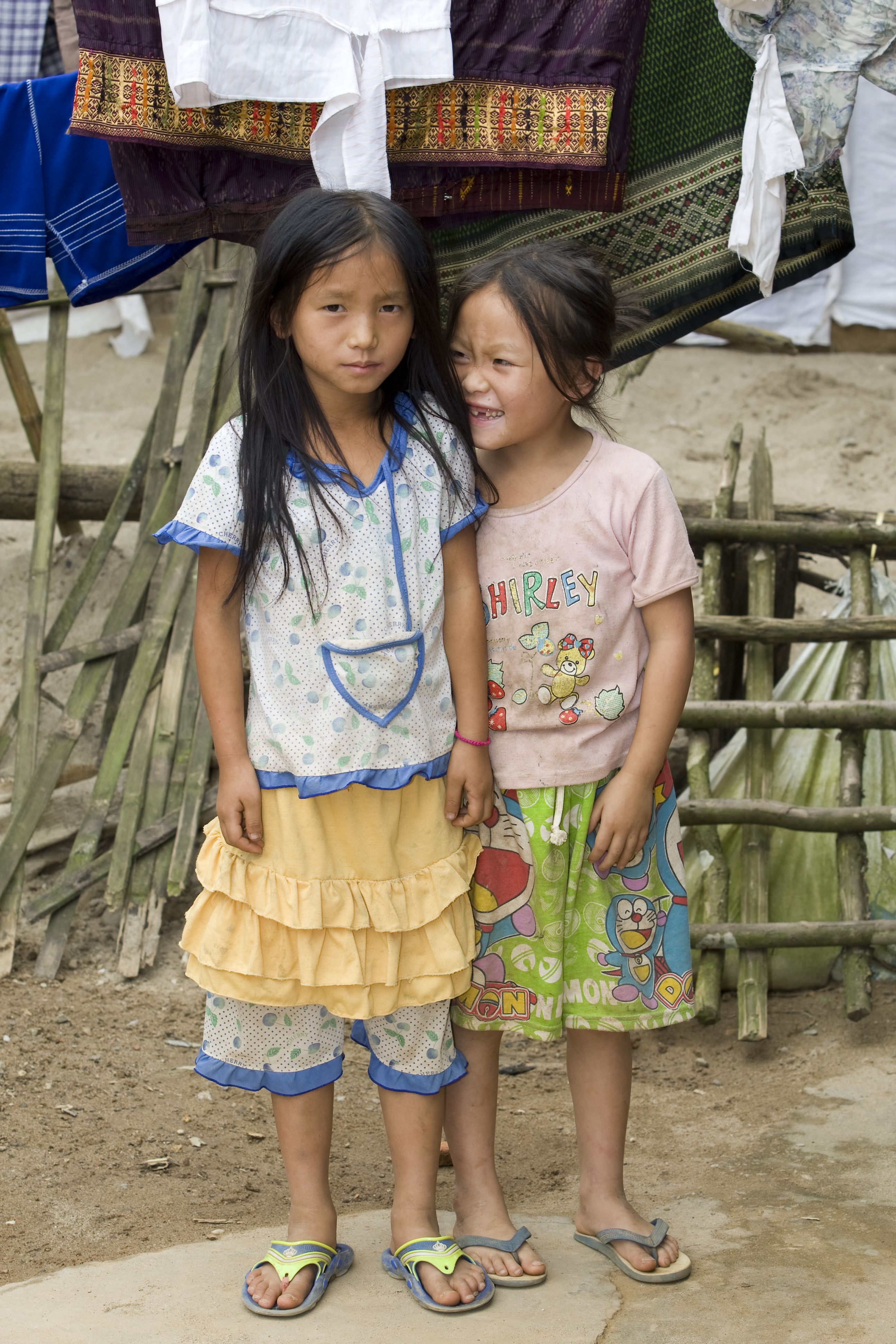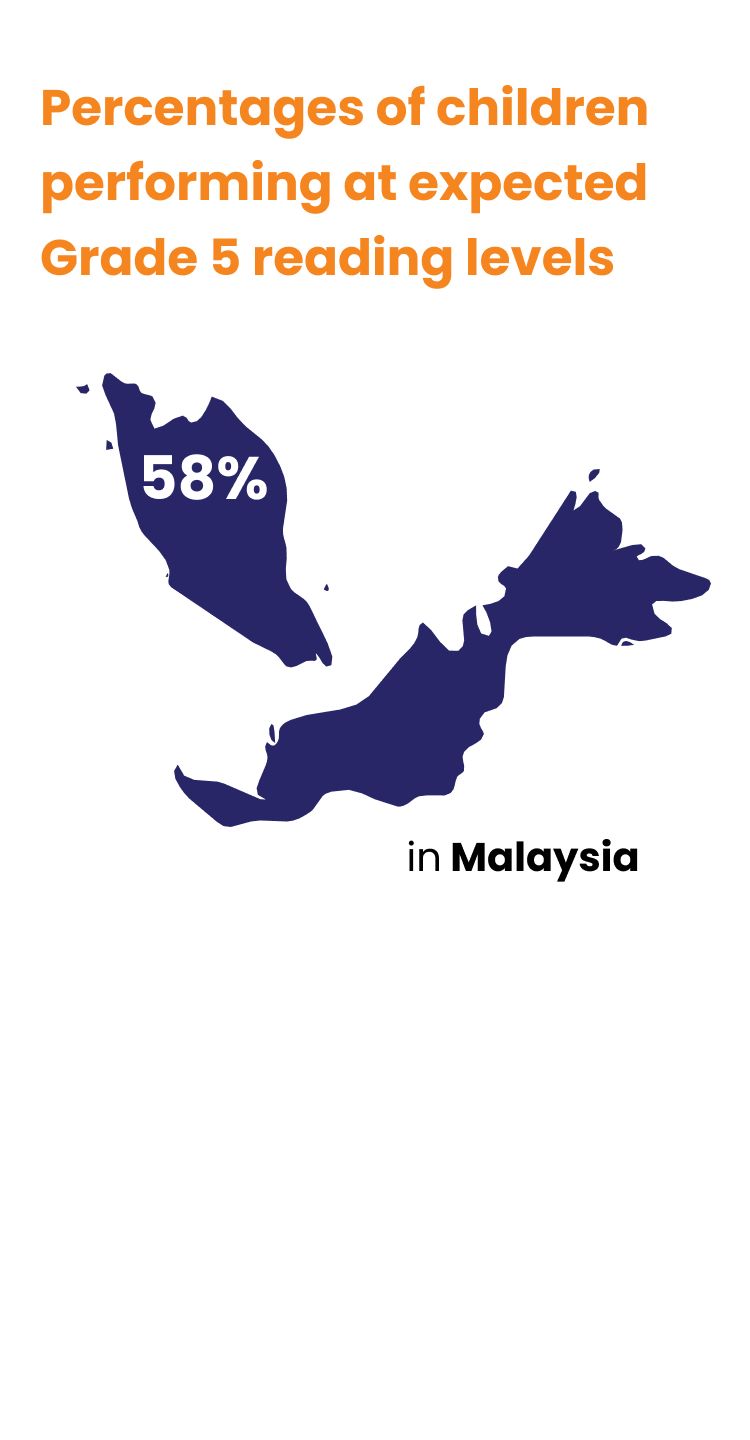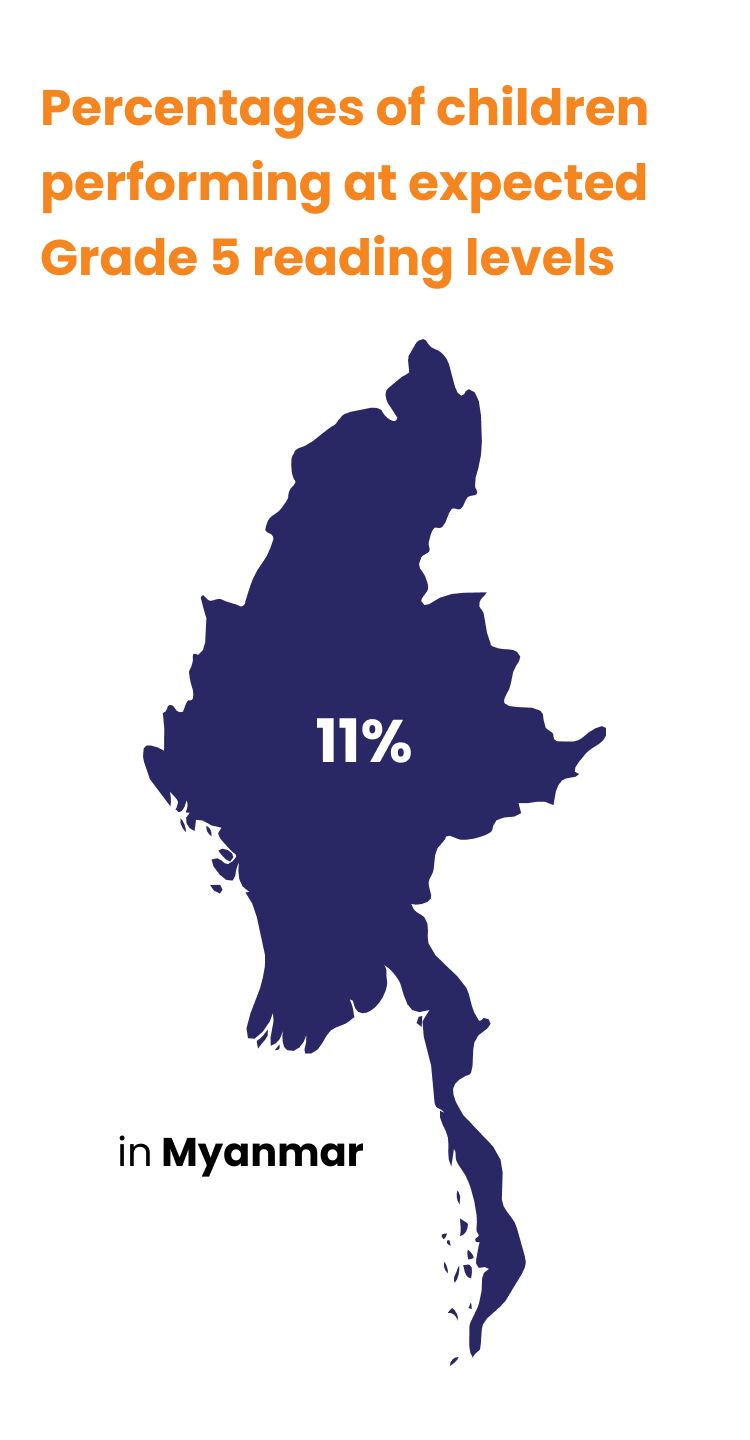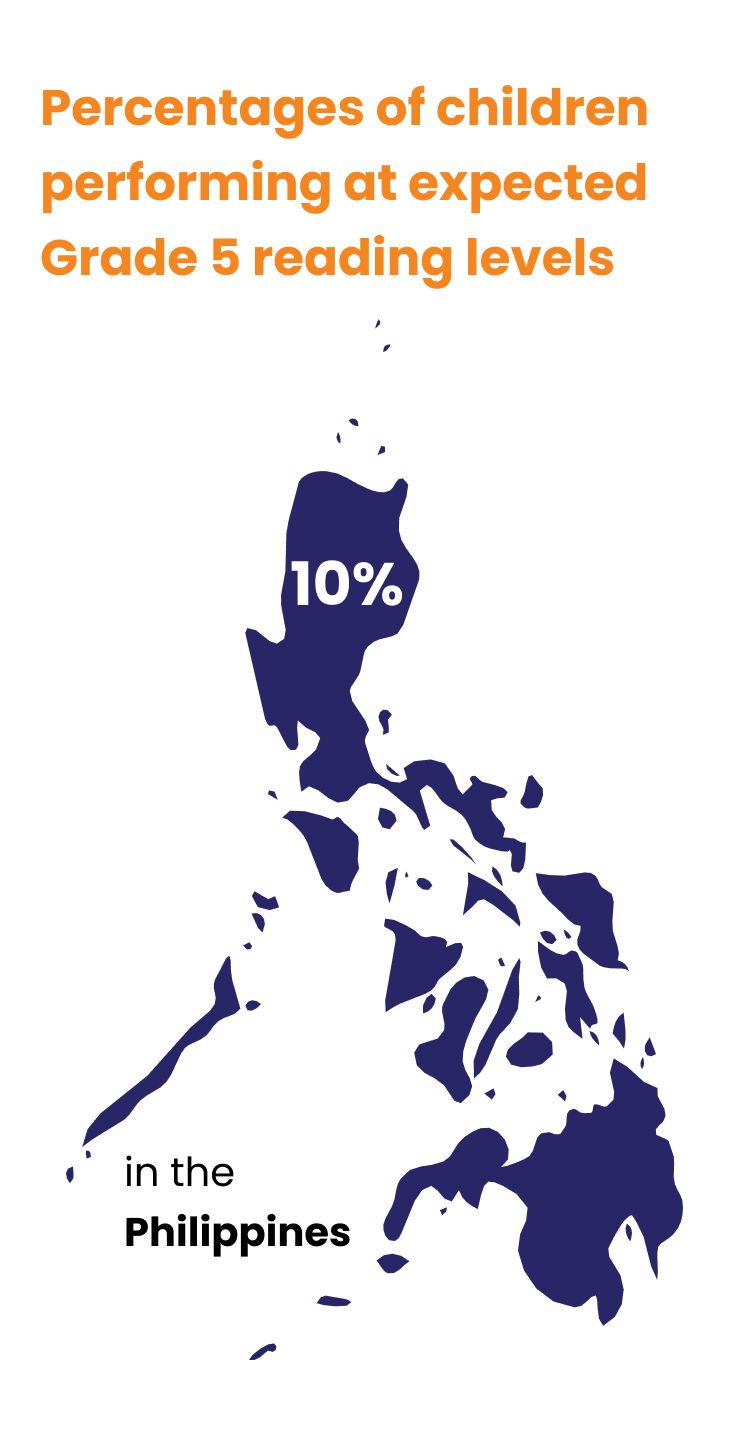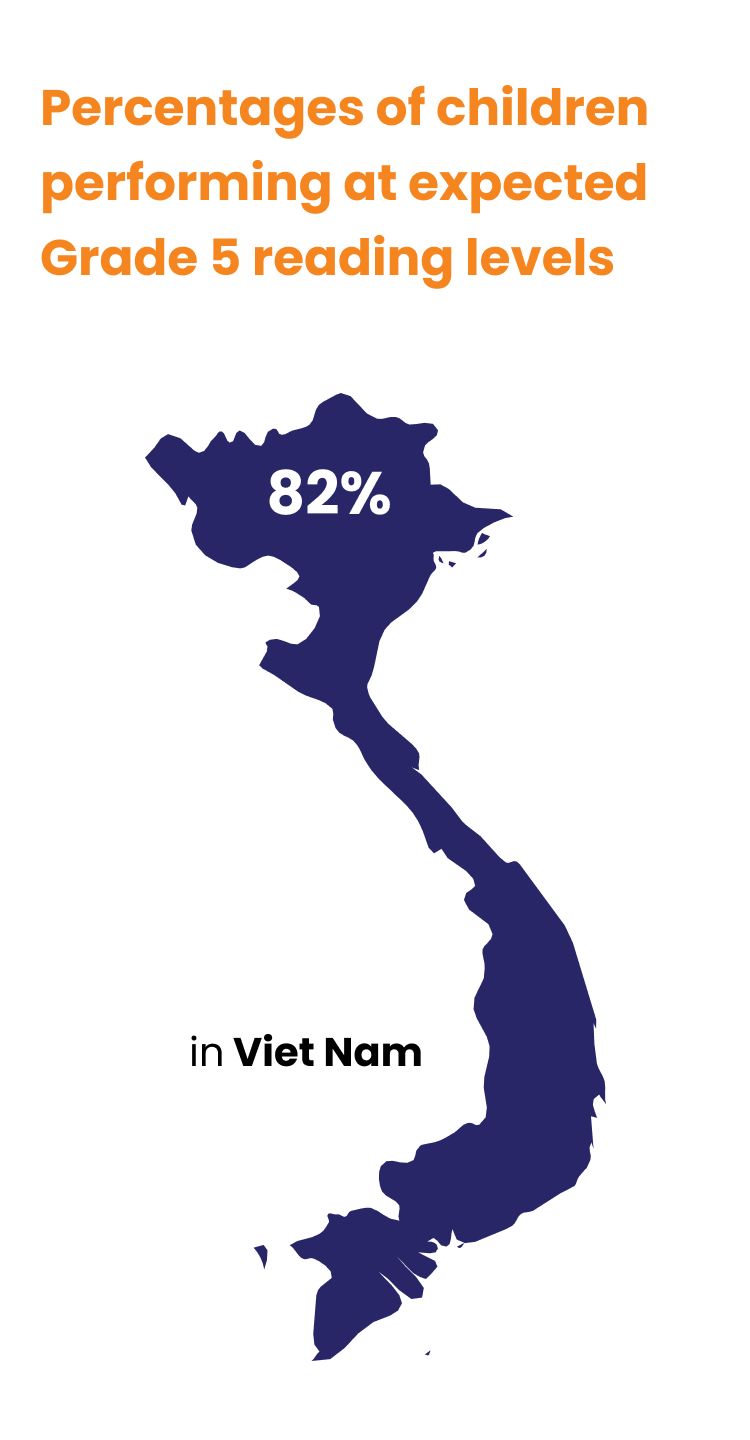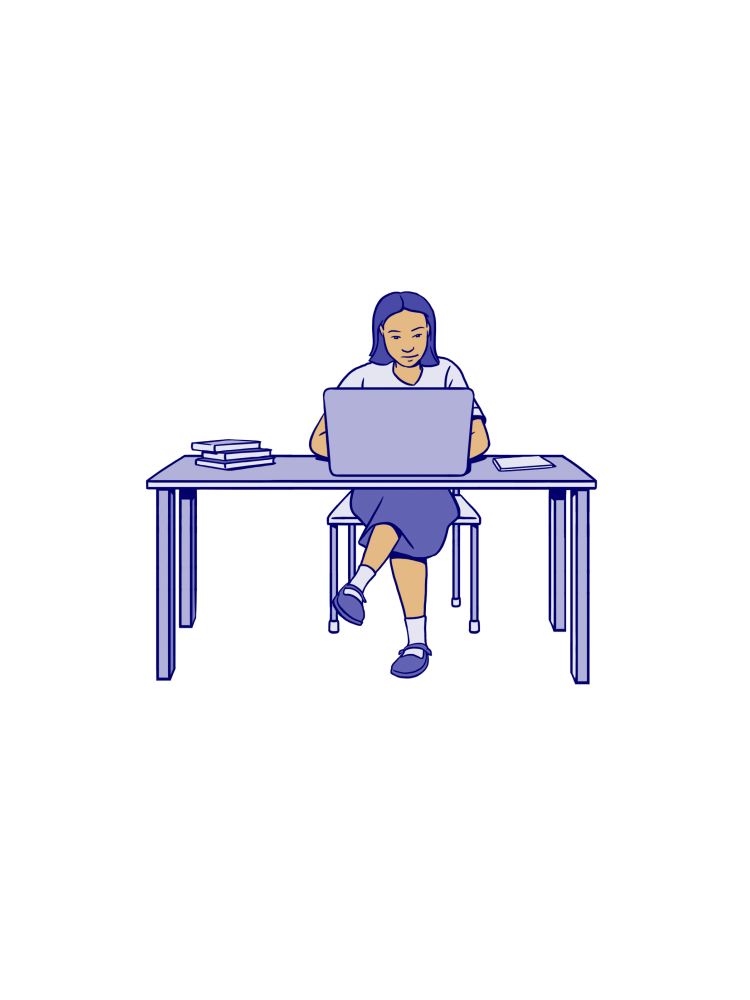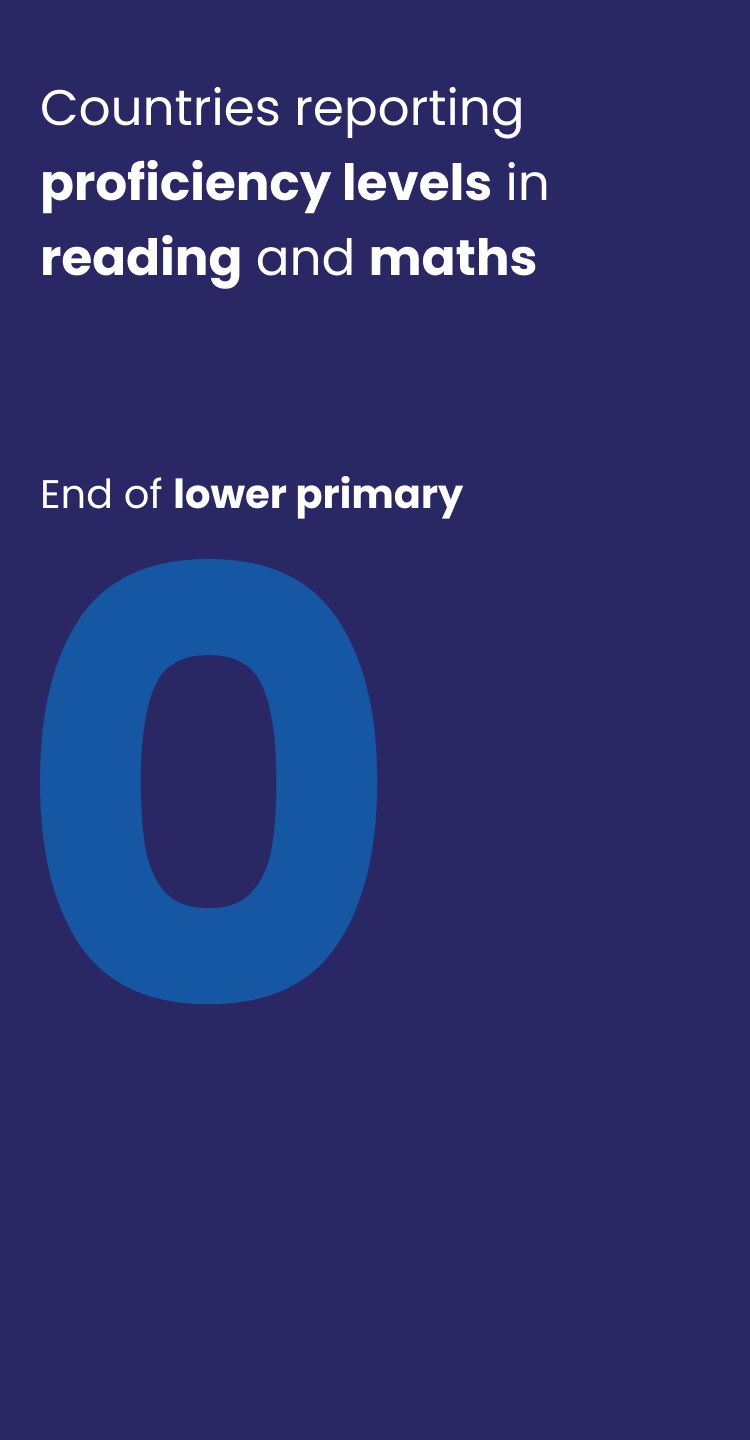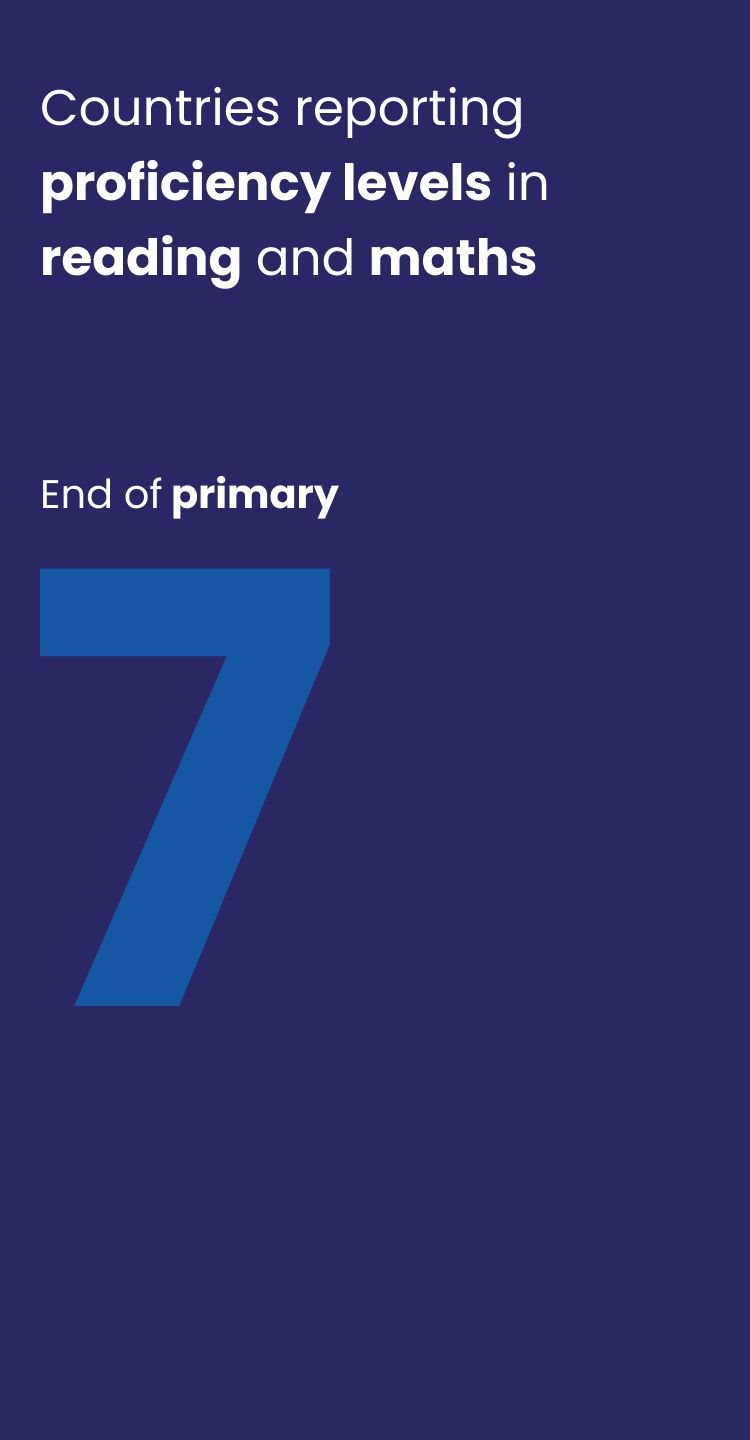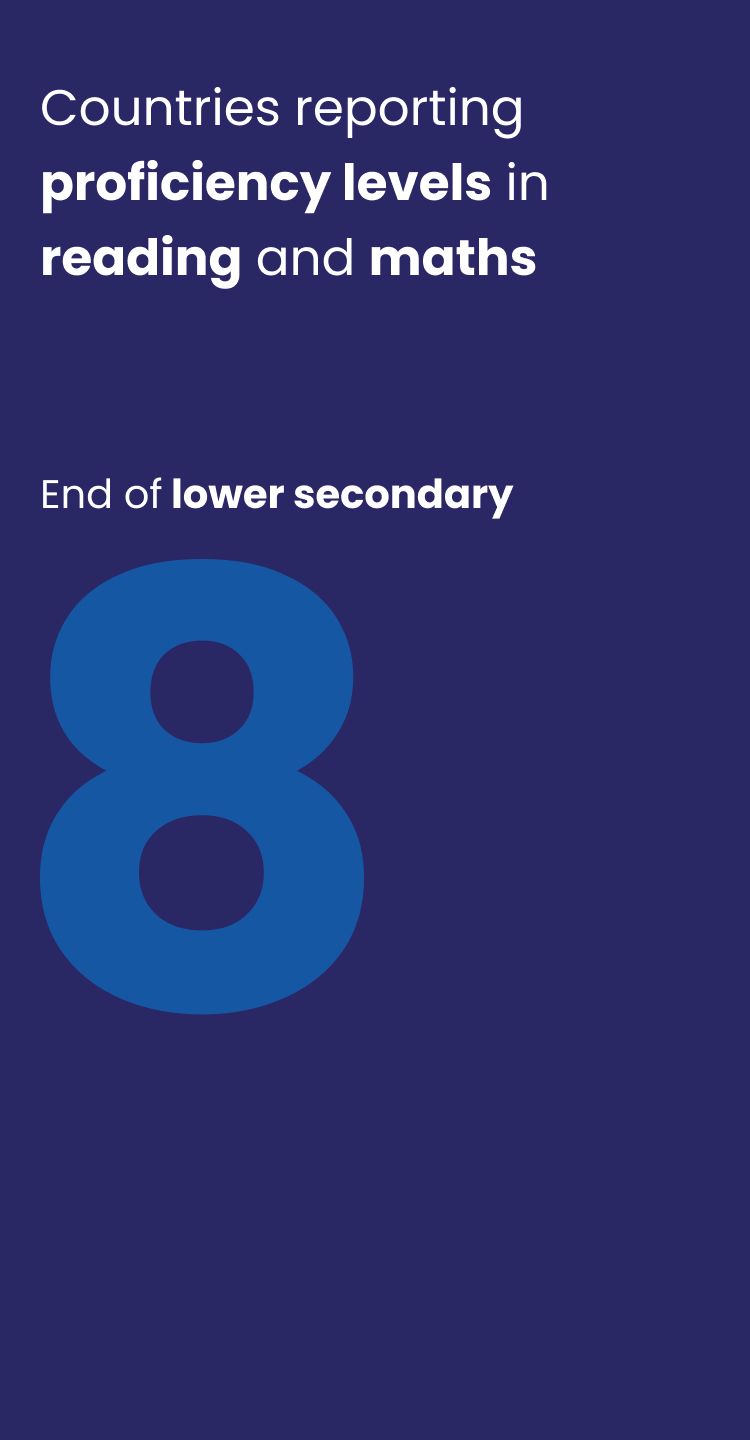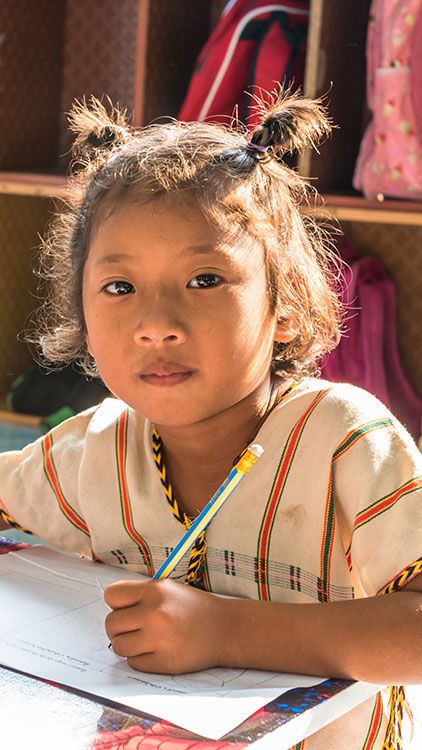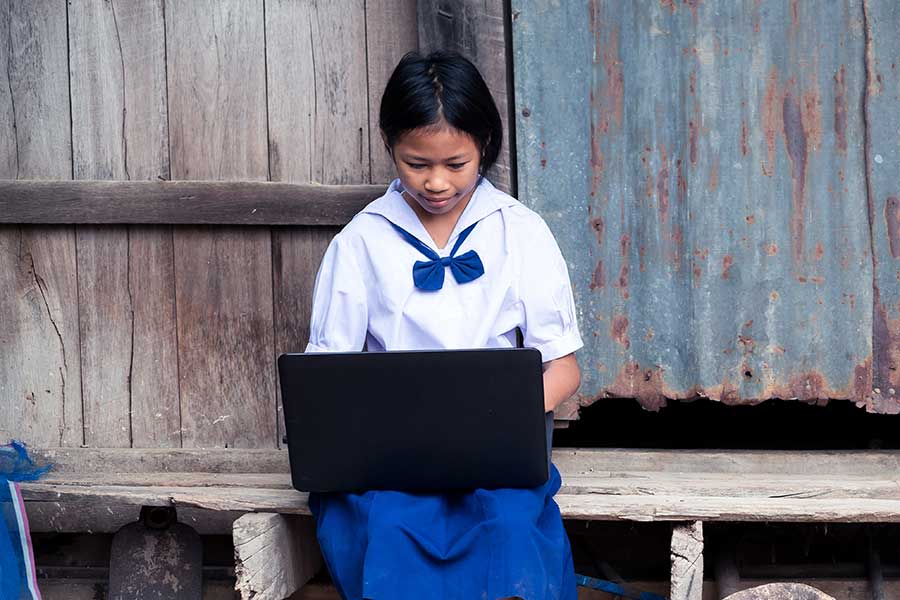Strengthening foundational learning for boys and girls
Strategies to ensure all children in the ASEAN region are learning.

There is a learning crisis in the ASEAN region. While progress has been made in the last 15 years to get children into schools, it has not translated into learning for all.
Alarmingly, 18 million children and youth are still out-of-school in the ASEAN region. Many of those who are in school, are not learning. Results from the Southeast Asia Primary Learning Metrics (SEA-PLM) 2019 found that less than 1 in 3 children in Grade 5 are performing at expected levels.
Inequity in learning is also a fundamental issue across the ASEAN region and within member states. Children from marginalised groups are furthest behind, and at greatest risk of dropping out of school. For these children, early deficits in learning compound over time.
9 in 10 children in Lao PDR, the Philippines, Cambodia and Myanmar, cannot read and understand a simple text by age 10.
The COVID-19 pandemic deepened the learning crisis across the region. Educational disruptions exacerbated existing opportunity and achievement gaps, particularly for the most marginalised children and youth. It also highlighted how gains made in the education sector are vulnerable to unexpected disruptions.
Improving foundational learning is pivotal to overcoming the learning crisis. It is critical for children and youth to effectively engage in education, social and economic aspects of life.
Improving foundational learning is a priority for ASEAN member states and the ASEAN-UK SAGE Programme. Post-pandemic, there is renewed urgency to address the learning crisis with regional, national and local partners rethinking how school systems can better improve equity in learning. The Southeast Asian Ministers for Education Organization (SEAMEO) has underscored the critical need to transform regional commitments into action.
The ASEAN-UK SAGE Programme will work with partners to deliver on The Commitment to Action on Foundational Learning. It will focus on evidence-based initiatives to transform learning systems and close the development gap across and within ASEAN member states.
The equity gap
The SEA-PLM results show large disparities in reading and mathematics performance for primary students and confirm persistent inequities among disadvantaged children.
In line with global trends, girls outperformed boys in reading and mathematics across all SEA-PLM countries. Those from wealthier backgrounds consistently had higher levels of performance than children from lower socioeconomic contexts.
Children from the wealthiest households in Cambodia, Lao PDR, Myanmar and the Philippines, are performing below the most socioeconomically disadvantaged in Malaysia and Viet Nam.
If not tackled early, gaps in learning widen over time. Evidence suggests that intervention later in life is not adequate to regain these learning losses. A focus on the early grades is needed.
Strong foundations in reading skills has been shown to improve overall educational outcomes in later grades. Children who have the following attributes or characteristics are most at risk of being low-performing readers:
- are male
- attend a rural school
- do not speak the language of testing at home
- are poor
- have household responsibilities
- did not attend pre-school
- have repeated a grade.
Children with multiple risk factors are more likely to perform lower than those with one or no risk factors. This highlights equity issues related to each child’s individual and family characteristics, and the barriers they face even before they step into the classroom. However, there are country-level nuances.
While boys are particularly at risk of dropping out of school, girls who do not have sufficient foundational reading skills are also at risk. Girls leave school for different reasons, including gender-based violence and poor parental perceptions on the value of girls’ education.
Learning outcomes data on the most disadvantaged children is still not widely available. However, a 6-year longitudinal study in disadvantaged contexts in the Philippines shows that children in conflict-affected areas are 2 years behind children in other disadvantaged contexts and this gap has already begun by the end of Grade 1. A study in Lao PDR of Grade 1 students has also found that children with disabilities did not perform as well as those without disabilities.
Impact on lifelong learning
Data from the Programme for International Student Assessment (PISA) 2022 and adult literacy rates provide additional insights into the foundational learning crisis and how it affects learning over the lifespan.
Every school system curricula is based upon the premise that secondary-school students are proficient readers. Children who are proficient readers are also more likely to succeed in other subjects such as mathematics and science.
Most 15-year-old students in Cambodia, the Philippines, Indonesia and Thailand are not meeting expected levels in reading and mathematics. Of the 8 ASEAN countries participating in PISA, only Singapore scored above the OECD average in reading and mathematics. Across the region, girls consistently outperformed boys.
PISA trend data shows that gaps are widening between countries across the region. Brunei, the Philippines and Singapore have made improvements between cycles of assessments. However, performance in reading and mathematics in Indonesia, Thailand and Viet Nam has declined over the last decade, long before the COVID-19 pandemic. Cambodia joined PISA in 2022.
Despite girls consistently outperforming boys at all levels of school, this is not the case with adult literacy. Although there are higher adult literacy levels in the region (84-99%) compared to the rest of the world, women in Lao PDR, Myanmar and Timor-Leste, are still falling behind men.
Challenges to addressing foundational learning
Supporting foundational learning requires systematic monitoring and knowledge of the extent of the crisis. Targeted initiatives must respond to the unique context in each country. But this is difficult for many reasons.
Defining foundational learning
There is no consensus on the technical definition of foundational learning, including foundational literacy and numeracy. The Commitment to Action on Foundational Learning defines foundational learning as basic literacy, numeracy, and transferable skills such as socio-emotional skills that provide the fundamental building blocks for all other learning, knowledge, and higher-order skills.
Many education systems expect students to have mastered basic reading skills and be able to decode most words by Grade 4 (about 10 years). However, there is no agreement on which areas of foundational learning should be prioritised by schools, and for which students. This makes it difficult to design and monitor initiatives to improve foundational learning. Most initiatives try to do too much, and at a very small scale.
Measuring foundational learning
Measuring learning is not easy, particularly in low- and middle-income countries. Policymakers, district officials, school leaders and teachers may not know which children are learning, nor how much. Without this knowledge, it is not possible to implement initiatives to support all children to progress from their current level to the next stage. Even when data is collected, there are challenges relating to quality and frequency which makes comparisons difficult.
The United Nations Sustainable Development Goal (SDG) 4 focuses on quality education and defines minimum proficiency levels in reading and mathematics for students in primary and secondary school. In the ASEAN region, 8 of 11 countries have had some level of SDG 4.1.1 reporting over the last 5 years, providing more visibility about student learning attainment in literacy and mathematics. But there are gaps.
More assessment data is available in lower-secondary than end of primary. None of the countries in the ASEAN region have reported data in lower primary against SDG 4. Timor-Leste has not participated in any large-scale assessments, but is in the process of joining SEA-PLM.
Responding to the learning crisis
Supporting foundational learning requires responses to the range of barriers that relate to individual and family circumstances, as well as community, school and policy factors. School and system-level policies have the potential to reduce inequities and influence children’s learning trajectories. Yet, there continues to be hurdles to doing so.
Across the ASEAN region, many schools are not well-resourced for learning, nor have safe, inclusive environments.
In many countries, curriculum and instruction outpace learning attainment. Studies in Lao PDR, the Philippines and Indonesia show that large proportions of students were already outpaced by the curriculum by end of Grades 1 and 2.
Teaching quality and teacher attendance varies widely. In the SEA-PLM participating countries, 1 in 3 principals reported a lack of qualified teachers hindered their ability to provide quality instruction. Teacher absenteeism is low in Viet Nam and high in the other countries, ranging from 38% to 58%.
Teacher shortages are a key issue in many countries and an area that needs dedicated investment. By 2030, an additional 3 million primary teachers need to be hired, the equivalent to 82% of the primary teachers currently working in the region.
Parental engagement in student learning is known to have a significant impact on foundational learning. However, most children participating in SEA-PLM reported their parents rarely engage with their learning.
At the national level, commitments to improving foundational learning need to be matched by political will and funding. It is typical for governments, globally, to underestimate the magnitude of learning challenges.
Despite these challenges, 10 out of 11 ASEAN countries have reported a reduction of their expenditure on education as a percentage of GDP in recent years. None of these countries have met GDP financing targets set by the Education 2030 Framework for Action.
The countries with the lowest levels of investment in education also have the lowest learning outcomes. The level of investment to primary education varies widely, with expenditure per child ranging from $US261 in Cambodia to $US3,566 in Thailand. Adequate and sustained investment in foundational learning is needed.
Promising initiatives
In the ASEAN region, various policies and initiatives are now being implemented to improve children’s foundational learning skills. However, there is limited evidence of their impact.
The ASEAN-UK SAGE Programme conducted a comprehensive review of academic and grey literature from 2013 to 2024 to locate high-potential initiatives from the region that improve foundational learning skills.
While 38 initiatives were identified, many are small scale and context-specific, which makes them difficult to replicate.
Many of the initiatives have no clear definition for foundational learning or aims, specifically in relation to literacy and numeracy activities. The review also found limited examples of effective initiatives focused on numeracy, technology, teacher development for foundational learning, parental engagement, or remedial education.
Although the study focused on the ASEAN region, the search was extended to include comparable regions and contexts. Several promising practices were identified.

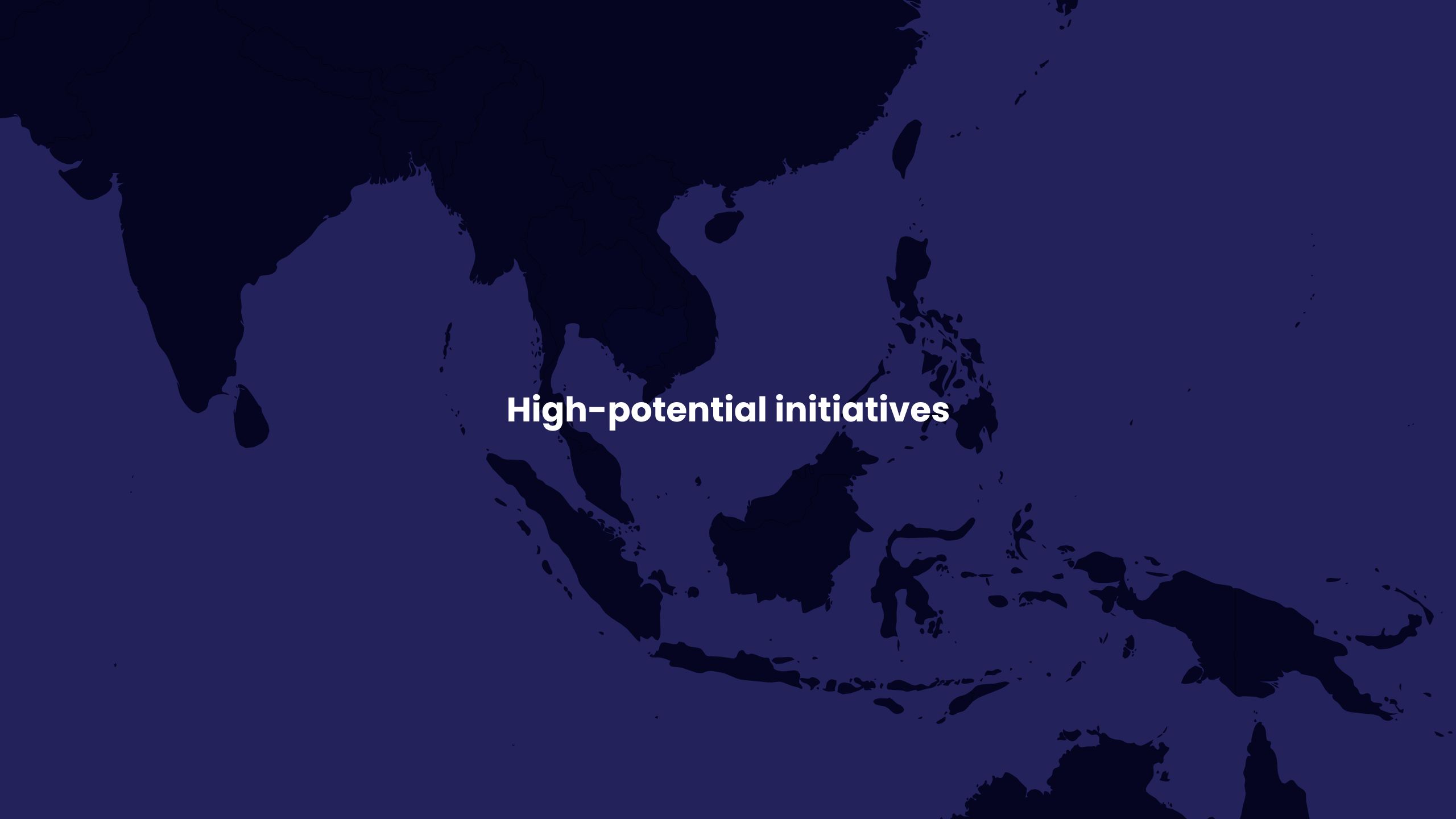

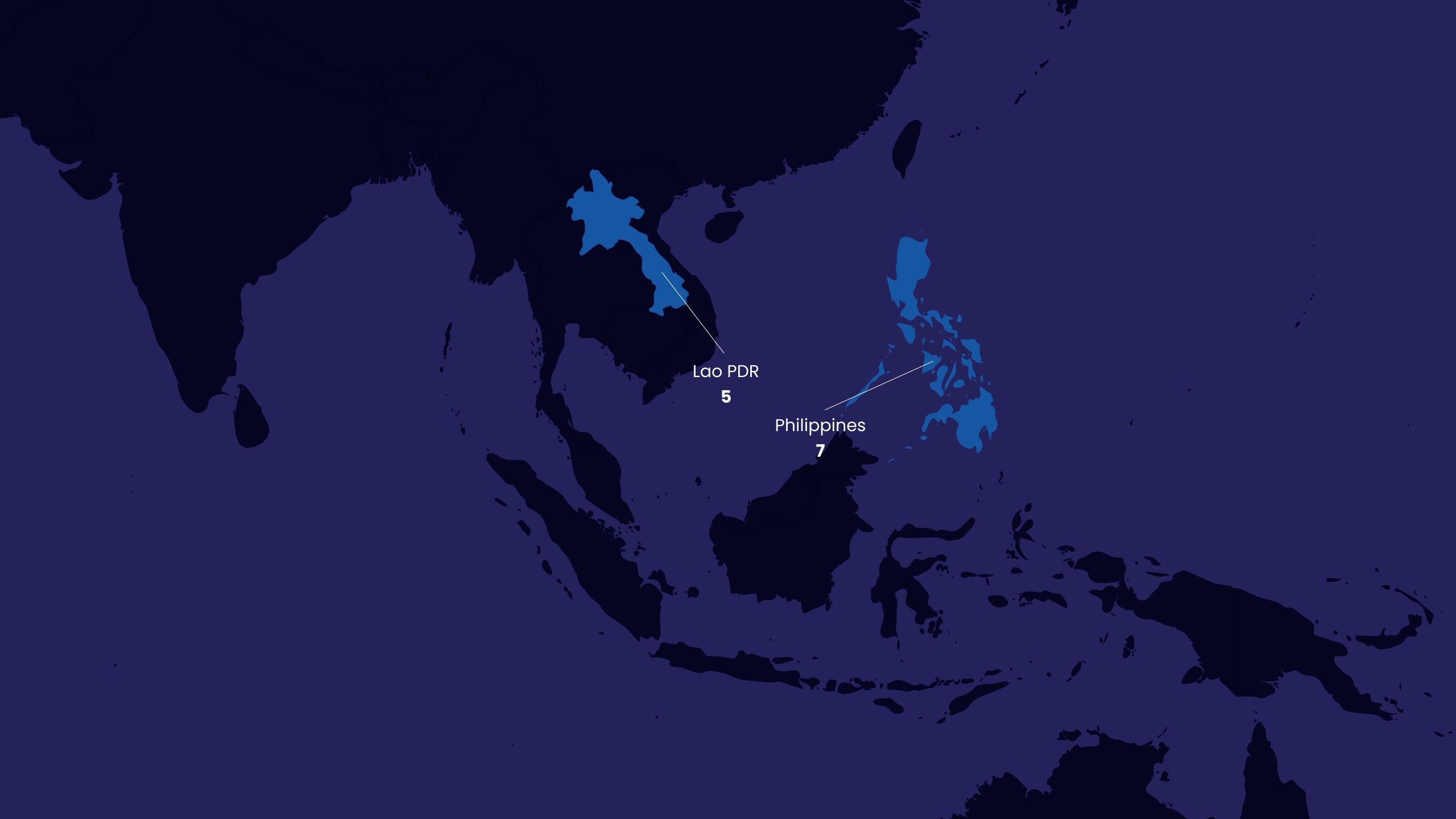
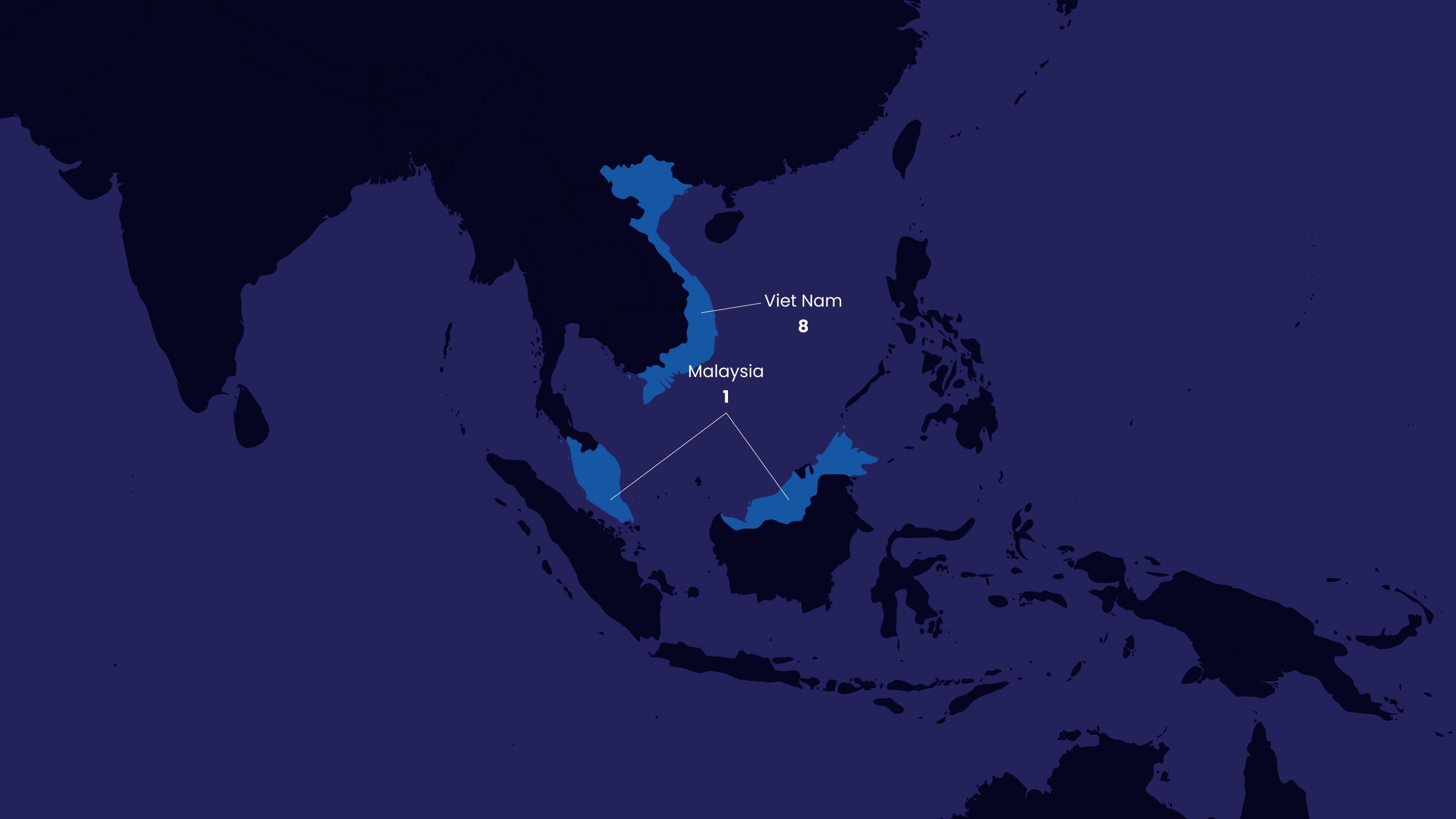

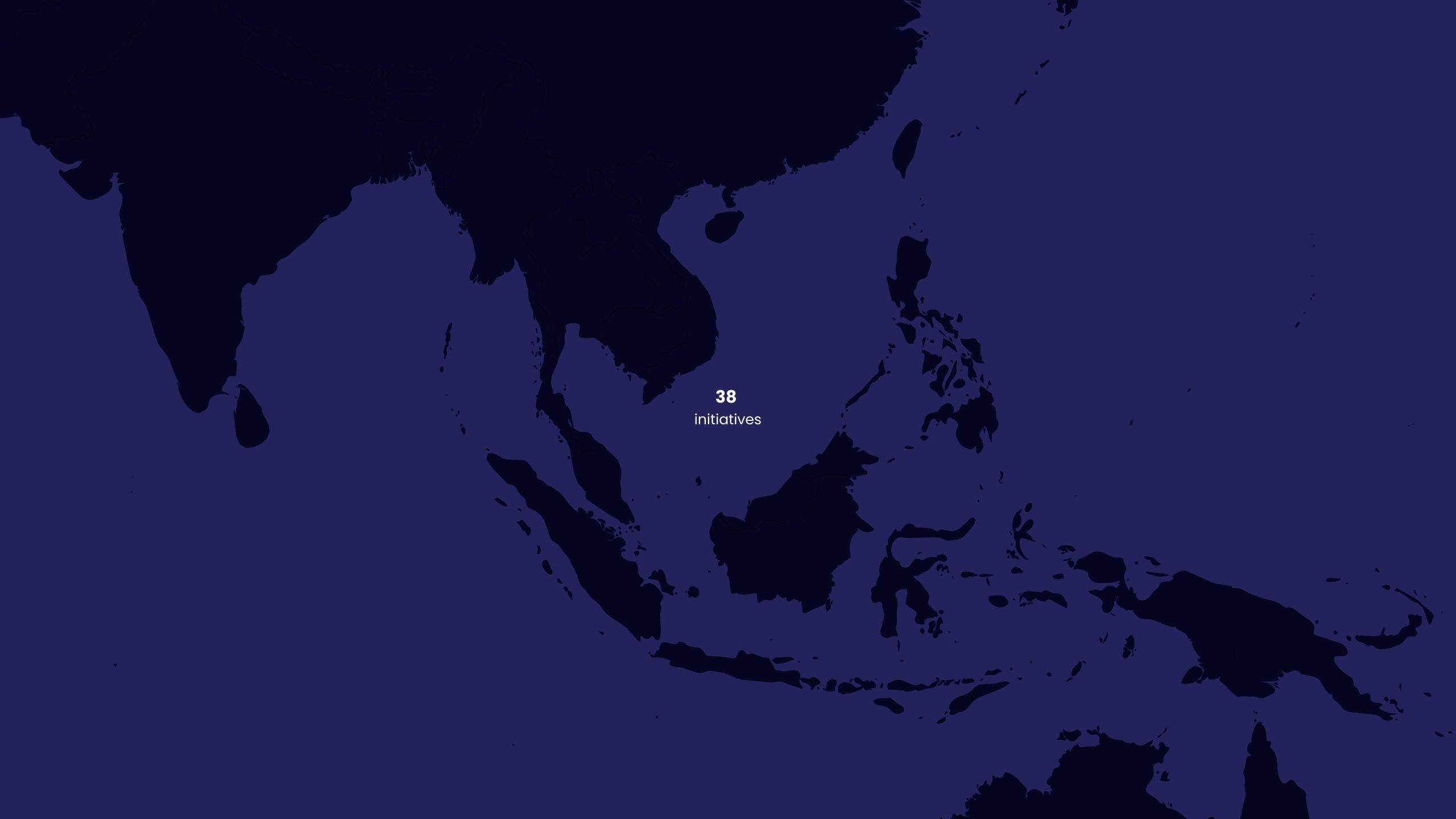
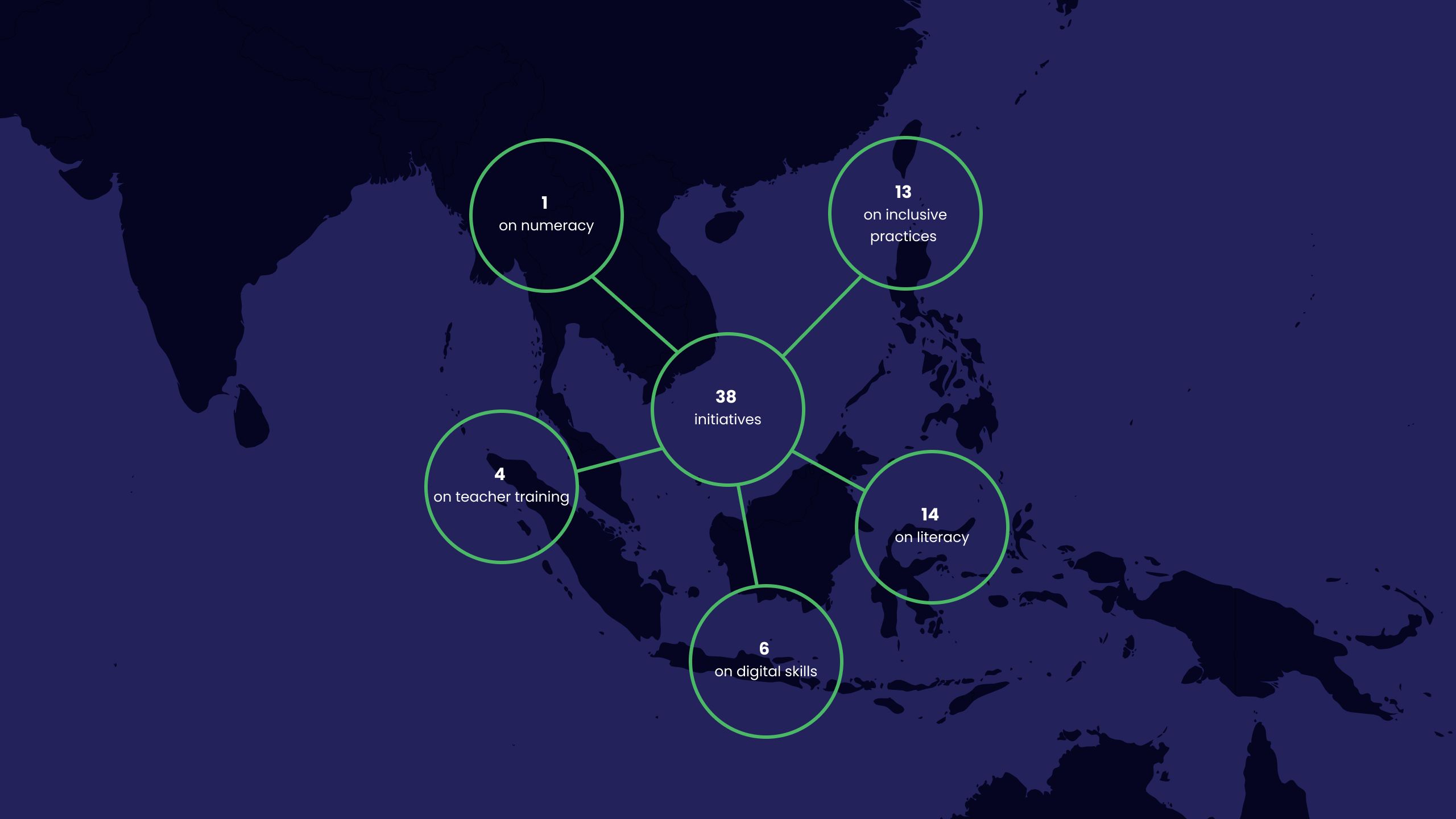
Political leadership and commitment
When literacy and numeracy are at the centre of political reform agendas, rapid learning gains are observed in relatively short periods. Case studies from Brazil, Mexico and Kenya found that high-level political commitment was one of the most important factors contributing to the impact of large-scale foundational learning programs. Linking commitments to reforms in curriculum, teacher training and instructional support is critical.
In Viet Nam, decades of sustained government investment in foundational skills, and policy reforms aimed at minimum quality standards have changed the performance trajectory of the education system. This committed political leadership demonstrates that low-resource systems can transform learning outcomes.
Structured pedagogy
Structured pedagogy was found to have the largest and most consistent effect on learning. It is a framework that integrates curriculum, assessment, teaching and parental engagement to align with how students learn.
Evidence from Cambodia and the Philippines shows that adopting structured pedagogical approaches has created at least 6 months of learning gains in literacy and numeracy. This approach has also been successfully adopted in Viet Nam, where teachers were provided with textbooks that had clear scope and sequence of tasks, and guidelines on how to scaffold learning.
Integrated assessment
By supporting teachers with appropriate formative assessment tools and skills to understand student learning progress, they can adjust instruction and make necessary interventions.
Literacy development is based on a rigid sequence of skill acquisition (learning progressions), and if this sequence is not followed, children may take much longer to learn to read or not at all. This makes assessing learning progress even more critical to the achievement of literacy outcomes. Teaching at the Right Level (TaRL) has been implemented successfully to improve foundational learning in India and sub-Saharan Africa using integrated student assessments.
Remedial and accelerated programs
While remedial and accelerated programs are often suggested to address the foundational learning crisis for those in- and out-of-school, there is a paucity of evidence of effectiveness in low- and middle-income contexts.
Remedial education initiatives target students who are lagging behind their peers. It often includes tutoring and self-guided learning. A growing area of interest is the use of computer-assisted learning to adjust delivery of content and sequence based on a learner’s performance. Accelerated learning initiatives target students who may have dropped out of school but wish to return to formal education.
CASE STUDY 1
Literacy boost in Indonesia and Lao PDR
The Literacy Boost initiative delivered by Save the Children aimed to improve the reading skills of children in the early grades by providing reading materials for schools and communities, and teacher training on literacy strategies. It also engaged parents and the community to support children’s literacy beyond the classroom. Evaluation included student early grade reading assessments, and measures of the home literacy environment.
Impact:
- In Lao PDR, a small impact was demonstrated on certain literacy skills. Students could progress from emergent to basic reading levels and reported greater engagement with their family through reading and help with homework.
- In Indonesia, students made significant gains in reading comprehension and fluency. Schools that did more teacher training and community activities made larger gains.
- In both countries, student background and home environments had variable impacts on reading outcomes. Girls outperformed boys in most assessment areas.
- In Indonesia, those from low- and middle-income households benefited more from access to reading materials than those from high-income households.
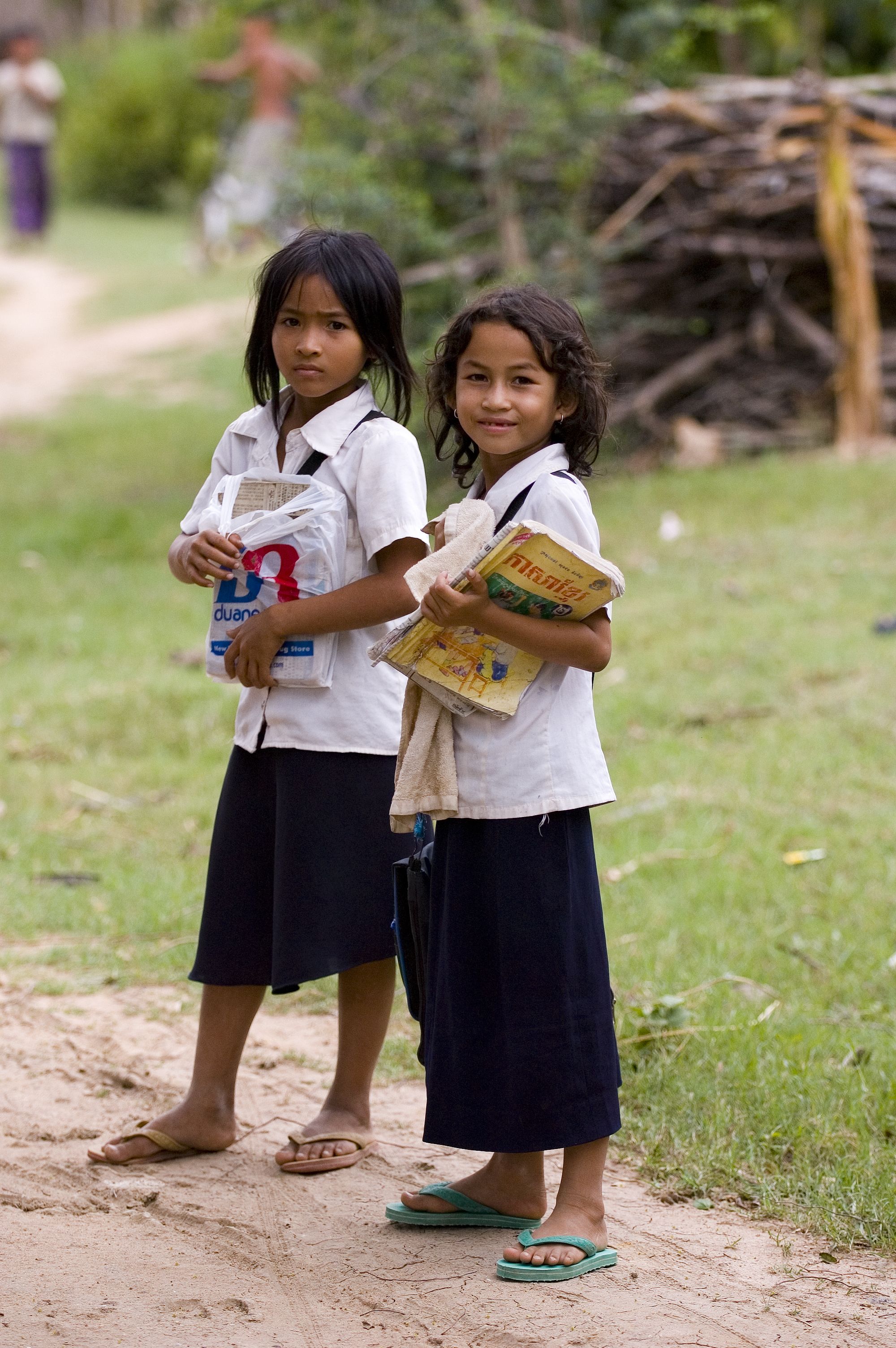
CASE STUDY 2
Early reading support in the Philippines
Targeting kindergarten to grade 3 students, Basa Pilipinas was a reading initiative delivered by the Department of Education and USAID. It used a system-wide approach to improve the literacy skills of teachers, head teachers and administrators. It provided training on effective reading instruction, and developed teaching and learning materials for use in early grade classrooms. It also supported the Department of Education to implement the language and literacy components of its curriculum reforms.
An evaluation identified several design features that led to promising outcomes. These included ownership and leadership by the Department of Education, mechanisms for sustainability, and the use of real-time data and research to monitor progress so the initiative could be adapted when needed.
Impact:
- After 4 years of intervention, grade 2 students performed significantly better in 5 out of 8 Early Grade Reading Assessment subtests. This included the key measures of oral reading fluency and reading comprehension.
- An estimated 1.8 million students improved their reading skills.
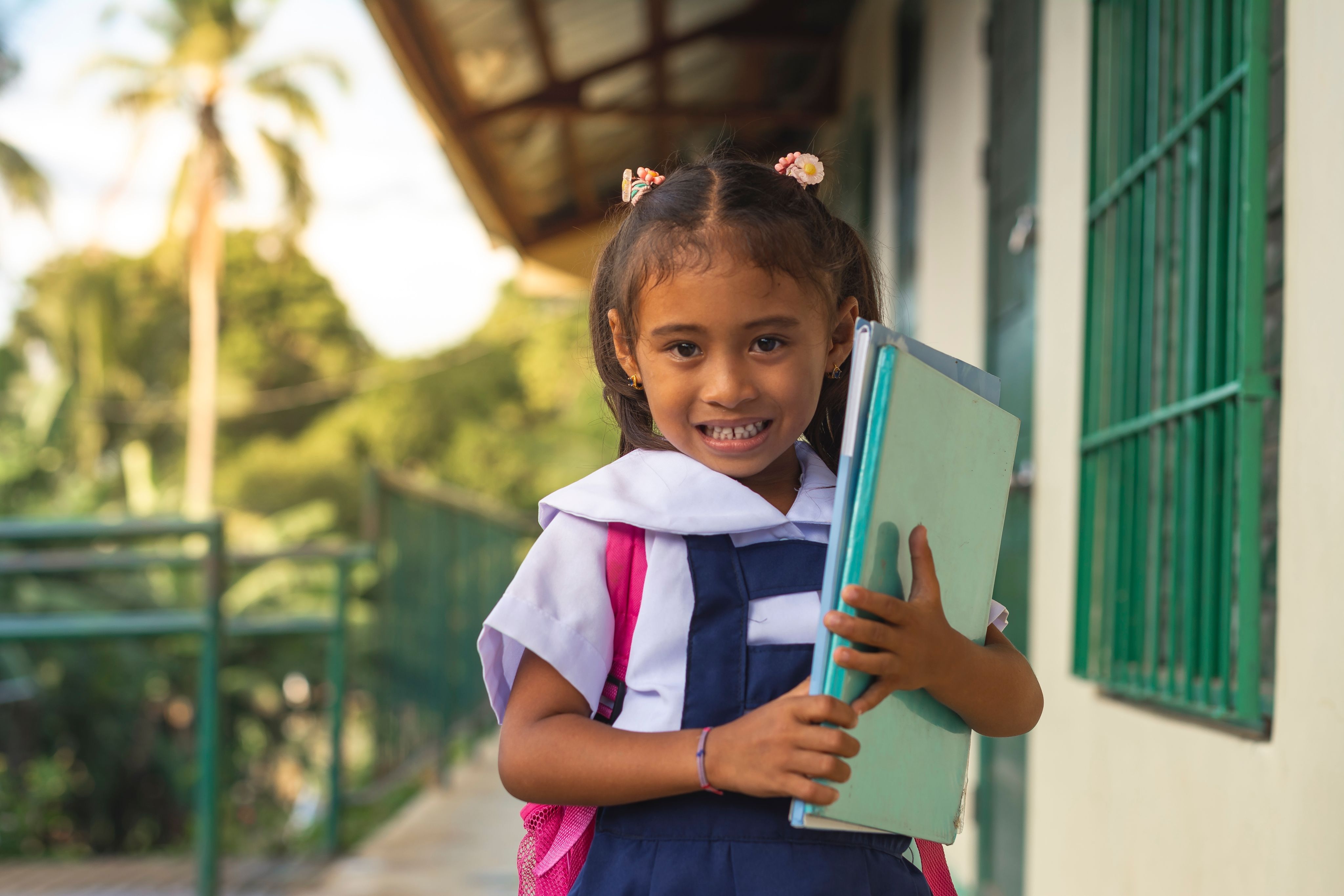
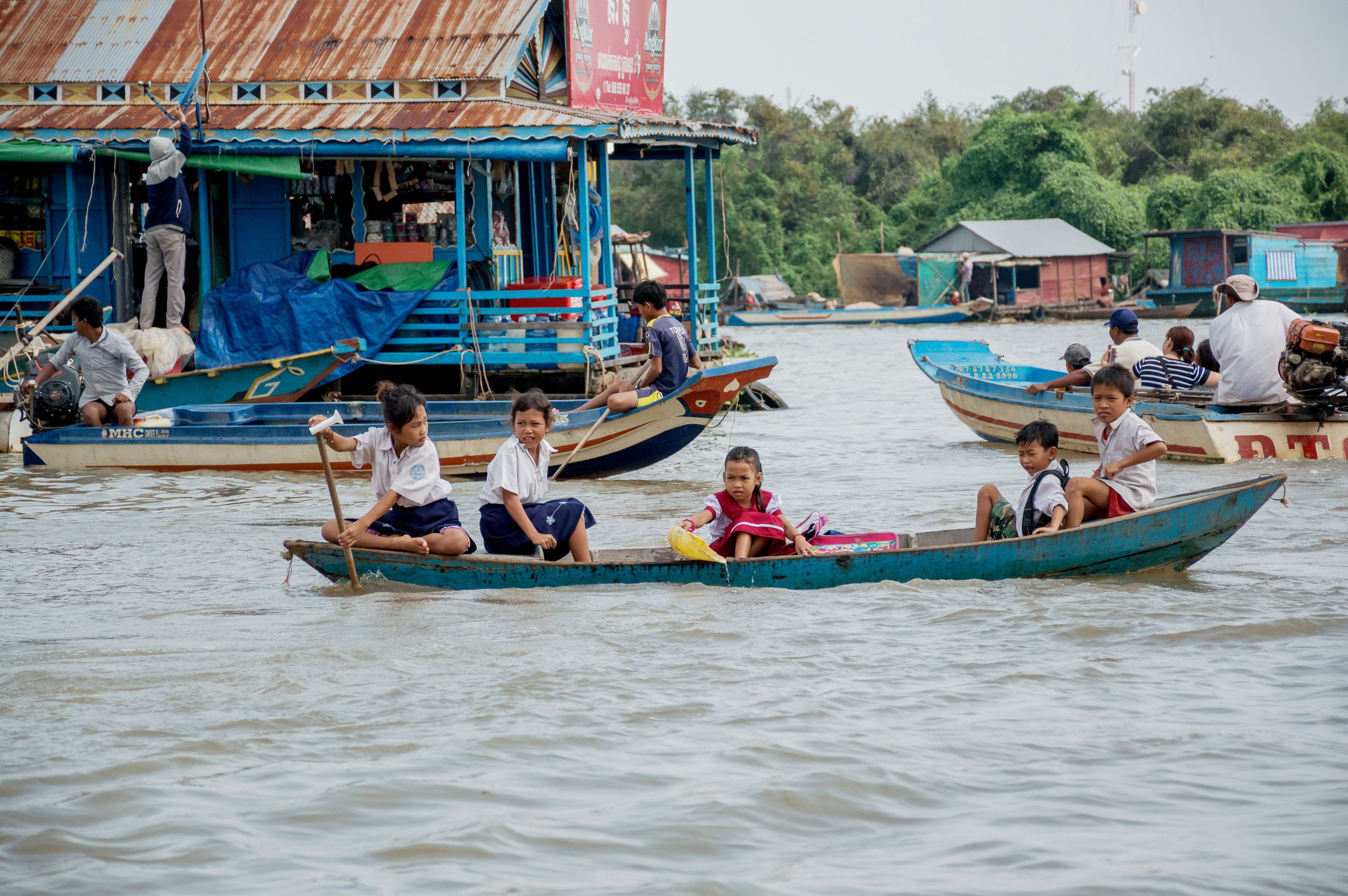
Where to next?
The newest ASEAN members face major challenges in improving foundational learning, but inequity in learning remains a key issue across all countries. And although many investments support foundational learning, there needs to be a significant change in direction away from broad-based approaches that try to do too much: targeted initiatives are needed. A focus on foundational literacy would also have far-reaching impacts for children in the region.
All initiatives require cooperation between partners at regional, national and local levels, and those who work across all parts of the education system.
Partners must work together to:
1 Encourage ASEAN countries to set and work towards sustained financial allocations for foundational learning.
2 Support regional and national partners to establish a common framework of learning to build a stronger alignment between curricula, teaching, and assessment.
3 Support ASEAN countries to build monitoring systems in early primary, end of lower primary and end of lower secondary, to track system and school level impact of foundational learning policies.
4 Invest in early intervention initiatives that target foundational literacy and language development, with a focus on the most marginalised children.
5 Strengthen teacher support systems to reduce teacher absenteeism and attrition, and increase the number of teachers.
6 Invest in strategies that improve teachers’ pedagogical practices, including their understanding of learning progress at the foundational level and how to detect and act on low learning.
7 Support parents and communities to actively engage with their child's learning and provide opportunities for learning outside the classroom.
8 Ensure investments build on national systems and structures, take a 'do-no-harm' approach and include robust monitoring and evaluation mechanisms to understand impact.
9 Build a common research and knowledge exchange platform in the ASEAN region to identify high-potential initiatives that can work at scale.
More research
Learn more about the challenges facing girls and women in the ASEAN region and opportunities to better support them.
This study has been conducted by the Australian Council for Educational Research
as part of the ASEAN-UK SAGE programme thematic pillar studies. ASEAN-UK SAGE is an ASEAN cooperation programme funded by UK International Development from the UK government.



